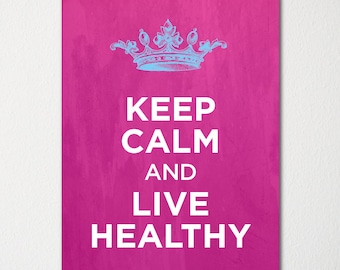Pregnancy:
Through pregnancy the amount of macro nutrients is slightly higher. During the first trimester no additional energy is needed, but in the second trimester it is recommended women add 340 calories and 450 through out the last one. Doctors recommend prenatal vitamins for pregnant women to ensure essential nutrients such as folic acid, iron and calcium are part of their diet.Infancy:
Childhood:
Adolescence:
Adolescence is the stage when kids experience their grow spurts, and they can certainly put away some food! A 15 year old boy may need 3,500 calories just to maintain their weight. Generally boys between the ages of 9 -18 will need 1,600 – 3,200 calorie intake based on their activity level. Girls the same age will need 1,400 – 2,400 calorie intake.Adulthood:
 The calorie intake for adults follow the same guidelines as children, it is based on gender, activity level, and age. We can probably notice that we are no longer able to eat everything we want and not gain weight. Our daily routine, may sway us to choose "convenience" over "healthy". We need to eat a balance diet and stay active! Adults calorie intake may vary from 1,600 – 2,600 with activity level being the determining factor.
The calorie intake for adults follow the same guidelines as children, it is based on gender, activity level, and age. We can probably notice that we are no longer able to eat everything we want and not gain weight. Our daily routine, may sway us to choose "convenience" over "healthy". We need to eat a balance diet and stay active! Adults calorie intake may vary from 1,600 – 2,600 with activity level being the determining factor. Elderly:
It doesn't end, at this stage we must continue to eat a balance diet. The activity level declines and thus the calorie intake. It is extremely important to stay away from fatty food, avoid trans fat, and add calcium and perhaps a daily vitamin.Healthy eating starts when we are born and it ends when we pass. Our eating habits and nutritional choices start from infancy. We must introduce new foods, healthy foods to our children from an early age. Life is a cycle; if we teach our children from an early age to limit sweets and sugar and eat more vegetables and fruits they will more likely follow the same pattern as adults. Nutrition.gov along with Myplate offers many tools to help understand our nutritional needs as we experience the different stages in life.
References:
Center for Disease Control and Prevention. Health effect of childhood obesity. Retrieved on October 2014 from http://www.cdc.gov/HealthyYouth/obesity/facts.htm
Nutrition MD.org Nutritional Requirements through out the Life cycle. Retrieved on Oct 2014, from http://www.nutritionmd.org/health_care_providers/general_nutrition/lifetime_nutrition_requirements.html
Sizer, F., & Whitney, E. (2013). Nutrition Concepts and Controversies (13th ed.). Wadsworth Cengage Learning



This is a very meaningful post for me. Thank you.
ReplyDeleteLack of oxygen in the blood
Good
ReplyDeleteTo stay healthy and fit Multivitamin and mineral tablets helps a lot. This helps to complete nutritional gap and its safe.
ReplyDelete